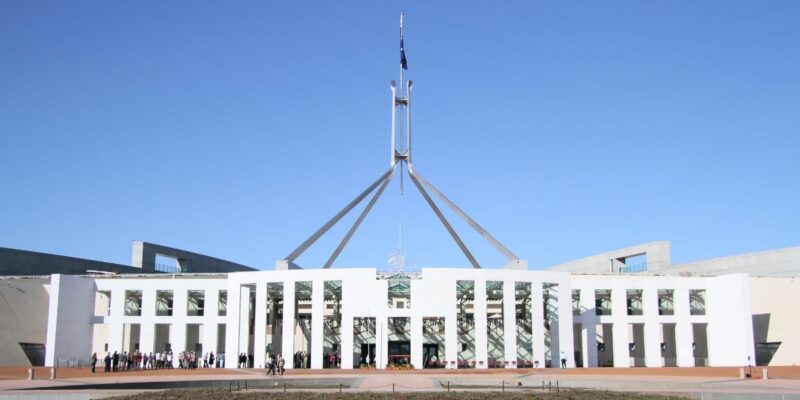Australia’s uninformed national gun laws
Following the publication of our industry brief to the 47th parliament, SIFA has commenced discussions with the relevant federal government stakeholders, advocating for them to establish the systems required to collect, evaluate, and make available, the wide-ranging Australian shooting industry data.
In leading these discussions, SIFA is highlighting 2 key reasons why this is necessary.
1. The ability to understand the dynamics of our industry across all facets of government
It is not currently possible to draw a straight line through Commonwealth (let alone state & territory) data repositories and arrive at an accurate understanding of the Australian shooting industry and its business dynamics.
One of the issues currently is that various government agencies categorise firearms & firearm related business differently. The Australian Bureau of Statistics (ABS) does not classify our industry independently, rather data is collected in other classifications like toys or metal manufacturing, whilst the Australian Border Force (ABF) has a confusing mix of tariff codes for firearms, accessories and ammunition which do not reflect the types of categorisations we work with for licensing and registration.
The Australian Tax Office (ATO) provides useful metrics comparing various industry benchmarks (turnover, etc), but again the shooting industry is rolled into a broader category covering sports, camping, and fishing retailing.
SIFA has called on the government to collect and manage a deconflicted, harmonised, and aggregated suite of data specifically relevant to our industry so that it can be viewed consistently and holistically in the same way that other industries enjoy.
Specific industry data that we would like to see collected includes the total employment across our industry, average turnover and margins, growth trends by categories and location. All these metrics are collected for other industries and are vital indicators that we need to know to plan for the future.
2. The ability to measure the effect of regulations against their stated objects
Our industry bears a heavy burden because of the combined interventions imposed by all levels of government. It is also not currently possible to evaluate if these interventions are having the desired effect without data of sufficient granularity to truly measure success.
The data used to justify firearms related policy positions in Australia lacks substance. We have reported on many occasions where SIFA has called out government agencies reporting various trends in firearm use but failed to highlight the difference between lawful firearms ownership by licensed individuals and that of the criminal element who are unlicensed and in possession of illegal and illicit firearms.
In order to effectively evaluate that regulation is necessary and/or effective, the appropriate data must be collected. Comparing and including the criminal element with licensed and law-abiding firearms owners is flawed logic. No amount of additional regulation of those who are law abiding will materially affect criminal activities.
The unavailability of detailed data means that the policy debate is, by definition, uninformed. It also means that those opposed to the private ownership of firearms can continue to make claims which cannot be substantiated.













